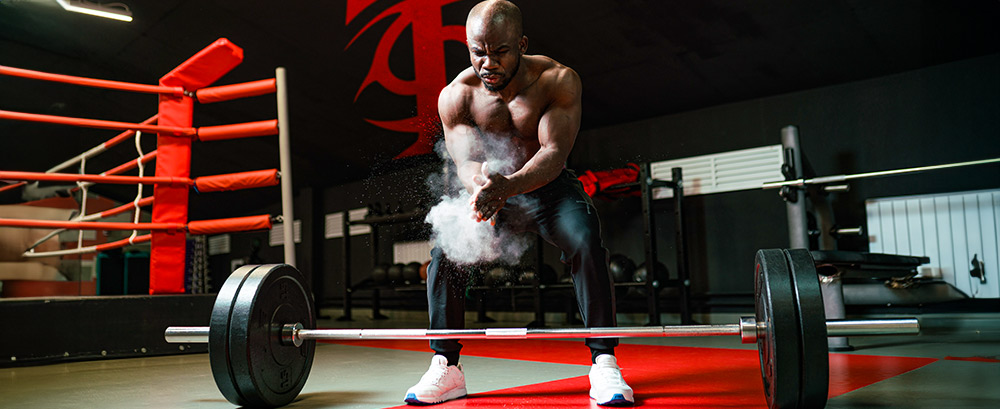Stiff Leg vs. Romanian Deadlifts
Most lifters do Romanian deadlifts, but almost nobody does the stiff-leg version. Here’s why they should.
The stiff-leg deadlift is underrated. While many lifters gravitate towards the Romanian deadlift (RDL), which may appear similar at first glance, the stiff-leg deadlift has several distinct advantages over other deadlift variations.
What’s the Difference?
The stiff-leg deadlift involves a pull from the floor with a high hip position throughout the movement. This differs from the RDL, which involves pushing the hips back.
The bar path in the stiff-leg deadlift travels further out in front, placing you at a mechanical disadvantage and potentially lifting less weight than the RDL. While some may view this as a negative, the stiff-leg deadlift allows for targeted development of the posterior chain – specifically the glutes, hamstrings, and lower back – without requiring as much load on the bar.
The Difference in Muscle Activation
From a muscle activation standpoint, let’s compare the stiff-leg deadlift to the Romanian deadlift. It’s worth noting that activating certain muscles doesn’t necessarily indicate the superiority of an exercise for muscle growth. However, studying muscle activation provides valuable insights into how effectively an exercise targets a specific area.
A recent study found that the stiff-leg deadlift produced greater activation of the gluteus maximus compared to the RDL. Additionally, biceps femoris activation (the “outer” hamstrings) was higher, albeit not significantly, in the stiff-leg deadlift. Conversely, the RDL showed slightly greater activation of the semitendinosus (“middle” hamstring) (Coratella et al., 2022). The decreased knee action in the stiff-leg deadlift places more emphasis on pure hip extension, leading to increased glute max activation.
Does That Mean It’s Better?
Not exactly. Don’t think of the stiff-leg deadlift as a superior exercise overall. It’s simply a valuable option if you want to build posterior chain strength or if you’re aiming to add size to the glutes and outer hamstrings. It’s a variation to rotate into your training when needed.
Key Technique Tips
-
While the bar is on the floor, look down at your feet. Roll the bar so that it’s just above the lowest shoe laces or the knuckles of your feet.
-
Keep your hips high and your knees “soft” with as little change in angle at the knee joint as possible.
-
Focus on pure hip extension.
-
Once lifted, return the bar for a very soft tap on the floor during each rep or hover just off the floor.
-
If the floor is outside of your comfortable range of motion, set the bar on a couple of plates or deadlifting boxes.
-
If you’re more advanced, you try it from a deficit.
-
The cue to “push your hips back” doesn’t apply here. Instead, just think of it as taking a bow and allowing the bar to come away from you a little.
-
Put your ego aside. If it turns into an RDL, then you’ve probably gone too heavy.
How Should I Program These?
First, stick at them! Do them for weeks or even months until they reach a plateau. Once you’ve milked them for all they’re worth, swap them with another one of your favorite deadlifts or hip hinges. Then, once you’ve got the most out of those, either return to stiff-leg or go with something else.
The longer you’ve trained and stuck to consistent programming, the more you’ll narrow down your exercise selection to just a small handful of favorites in each movement department. For example, I might rotate a stiff-leg deadlift, a trap-bar deadlift, and an RDL in continuous cycles for years on end. Your list will be different from mine. Try stiff-leg deadlifts to see if they make the cut.

